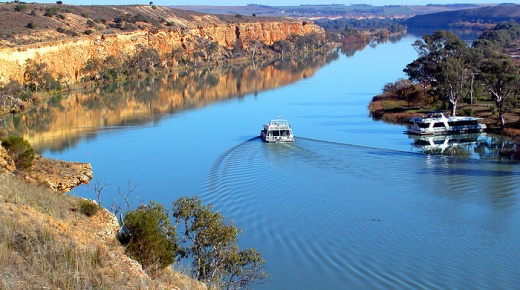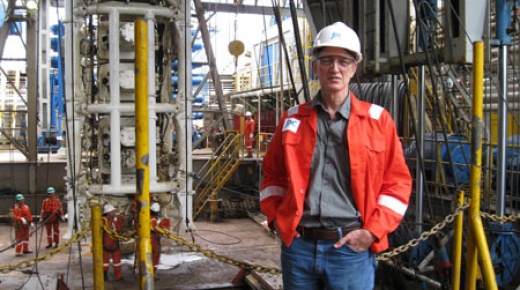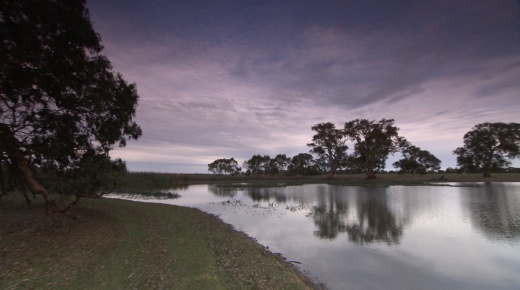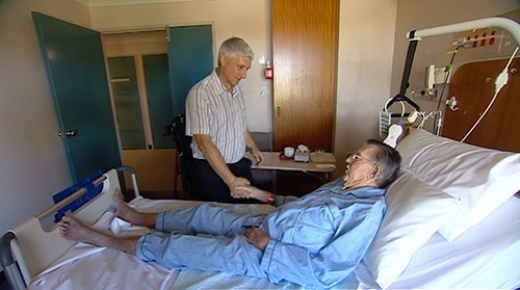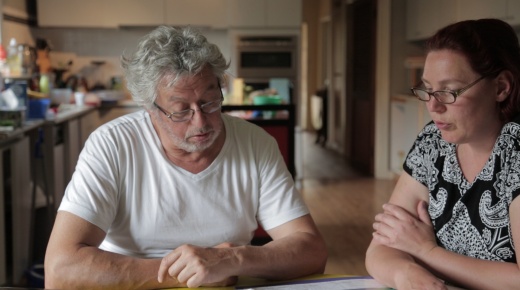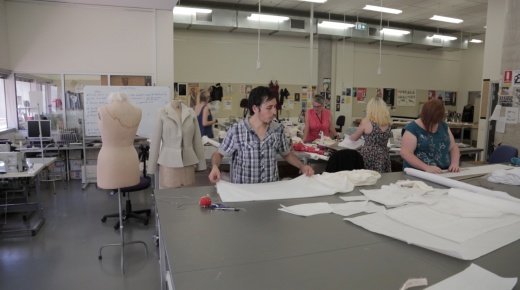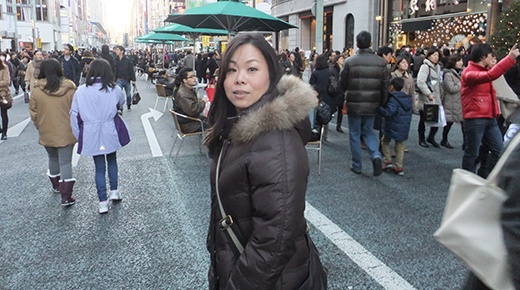New South Wales is Australia’s most populous state with a population of approximately 7.2 million people. The State is located in the south-eastern part of the Australian continent. Its coastline extends from the relative temperate coastal and mountainous areas in the south and centre to the warm and humid sub-tropical north.
The areas of the State west of the Great Dividing Range become increasingly arid and the diversity of the New South Wales landscape becomes readily apparent with the change in the environment from rich pastoral or grazing country to expanses of desert towards the centre of Australia.
In total, New South Wales covers an area of around 802,000 square kilometres or approximately 10.4 per cent of Australia’s total area. This figure includes Lord Howe, a small island in the Pacific Ocean. New South Wales.
Sydney
The capital of New South Wales is the city of Sydney, the site of the country’s oldest European settlement. Sydney is Australia’s largest and most cosmopolitan city, with ethnic communities from more than 100 countries. It has a population of approximately 4.2 million people.
The city’s icons include Sydney Harbour Bridge, the Sydney Cricket Ground and the Sydney Opera House. Sydney is an important international finance centre and is home to one of the world’s most beautiful harbours and great seaports.
Sydney enjoys a temperate climate with warm to hot summers and mild winters. Its location on the Pacific Coast influences the city’s weather patterns with the climate on Sydney’s north shore more mild than that in the city’s western suburban areas.
Despite its size, Sydney invariably ranks highly in surveys of the world’s most liveable cities. It is also a city that is world famous for its attractions and also for its significance as a financial centre.
Not surprisingly, Sydney’s education and health facilities are world class, with a comprehensive network of hospitals, both public and private, as well as health and medical centres and access to pre-school, primary and secondary schools and universities readily available to the population. There are also four multi campus institutes of Technical and Further Education that provide a wide range of vocational education courses and programs.
The facilities available in Sydney are, to a significant extent, mirrored in the State’s major regions and regional centres. The people of New South Wales have ready access to a wide variety of health, education and community services that are provided through a comprehensive network of regional centres across the State.
New South Wales Economy
New South Wales is Australia's largest state economy, with approximately 31% of the nation's Gross Domestic Product. The next largest state, Victoria, currently contributes around 22%.
Since the early to mid 1970’s, New South Wales has experienced a period of rapid economic change. Many of the more traditional industries such as ship building and steel production have largely ceased to exist while agriculture has declined as an important area of economic activity.
The services sector, and particularly financial services, plus new areas of economic activity such as the information industries have developed rapidly and largely replaced to more traditional drivers of economic growth.
For more information on the New South Wales economy: here
Major Regional Cities
Newcastle, with a population of over 300,000, is the second largest city in New South Wales. The city is located on the NSW coast approximately 160 kilometres north of Sydney at the mouth of the Hunter River. Newcastle enjoys a warm sub tropical/maritime climate with mild winters and warm to hot summers.
For more information on the New South Wales regional communities: here
Education
The school system in New South Wales commences with Kindergarten and concludes with Year 12. Primary schooling ends at the conclusion of year 6 and secondary schooling runs from year7 to year 12.
The public school system is comprehensive and state-wide in extent. There is also a private school system although it is not as extensive as the state system.
Vocational training is provided by the state’s ten institutes of Technical and Further Education.
New South Wales has eleven universities with the majority of campuses located in Sydney. Australia’s oldest university the University of Sydney is the largest. Macquarie University, the University of Technology, Sydney and the University of Western Sydney also have campuses in the city. The Australian Catholic University and the University of Notre Dame Australia are private universities located in Sydney.
Outside of Sydney, the University of Newcastle, the University of Wollongong, the University of New England, Charles Sturt University and Southern Cross University are available to regional students.
In summary, New South Wales is a vibrant, multi-cultural society with a highly developed economy that offers it's growing population a bright and prosperous future.

